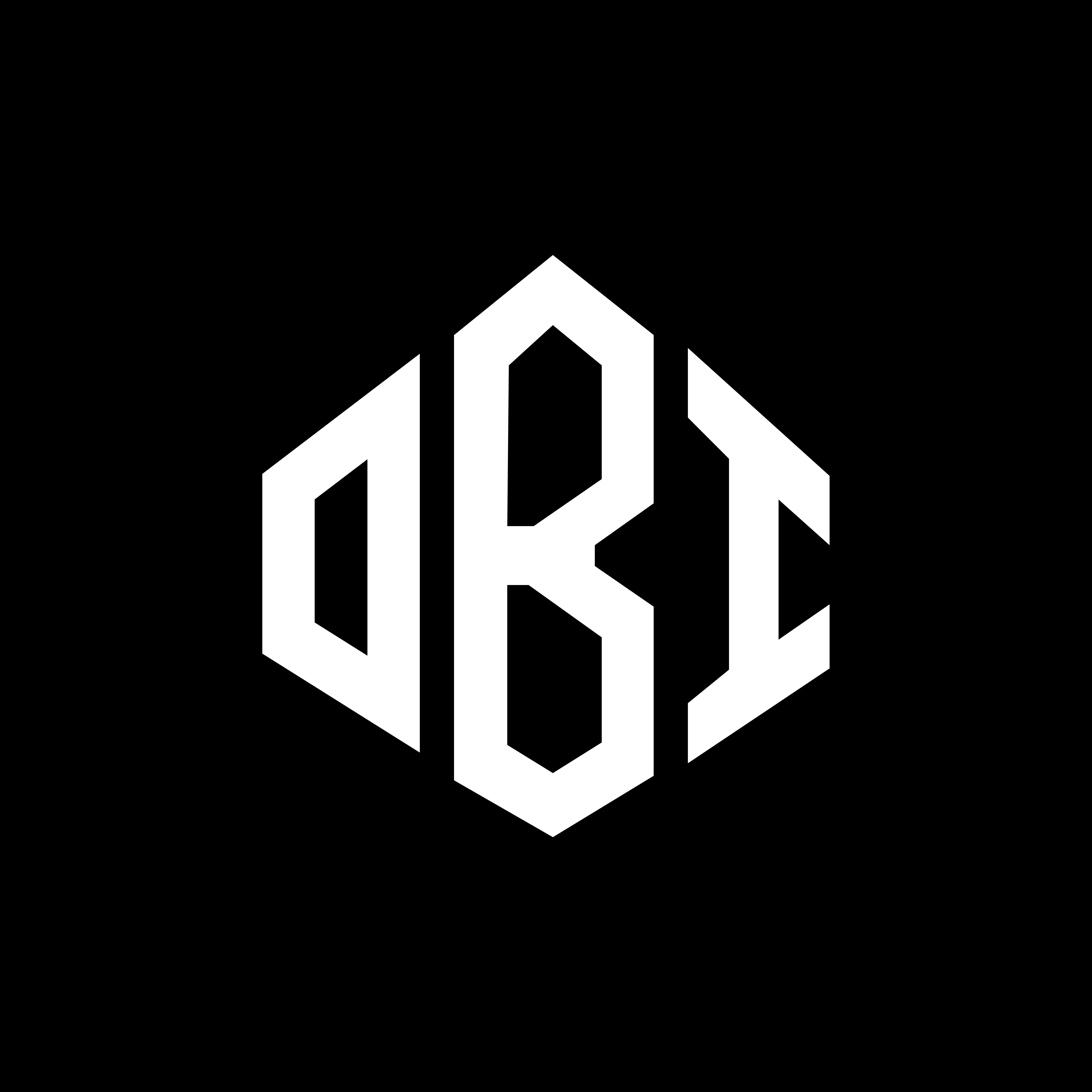Meta Description: Delve into the essential differences between a CAD Designer and a Product Designer. Explore their unique skill sets, roles in the design process, and how each contributes to bringing products to life.
Article:
In the world of design and manufacturing, the terms ‘CAD Designer’ and ‘Product Designer’ are often mentioned. While both roles are crucial in the product development process, they have distinct responsibilities, skill sets, and contributions. This article will elucidate the differences between a CAD designer and a product designer, helping companies and aspirants understand which expertise fits their needs or career paths.
Keyword: CAD Designer, Product Designer, 3D modeling, design process, product development, industrial design, CAD software, product design principles, design innovation, prototyping.
Introduction to CAD Designers

A CAD (Computer-Aided Design) Designer, often known as a draftsperson, specializes in using CAD software to create detailed 3D models, technical drawings, and blueprints of products. These professionals are proficient in tools like AutoCAD, Solidworks, and CATIA, which allow them to construct precise representations of objects. CAD Designers are instrumental in transforming initial concepts into usable, technical schematics that can be followed by engineers and manufacturers during production.
Keywords: CAD Designer, AutoCAD, Solidworks, CATIA, technical drawings, 3D models, engineering, manufacturing, technical schematics.
Introduction to Product Designers

Product Designers, on the other hand, take a broader approach. They are involved in the entire process of creating a new product, from conceptualization to market release. This role requires a deep understanding of product design principles, user experience, market research, and material knowledge. Product Designers must be innovative and empathetic, as they are not only responsible for a product’s function and manufacturability but also its aesthetics, how it interacts with users, and its overall appeal in the marketplace.
Keywords: Product Designer, conceptualization, market research, product design principles, user experience, material knowledge, innovation, manufacturability.
The Overlap and Divergence
While there is overlap between CAD Designers and Product Designers, particularly in the realm of 3D modeling and bringing an idea to a visual form, the divergence is significant. CAD Designers are expected to focus on the technical aspects, ensuring that every detail in their drawings adheres to the required specifications and standards. In contrast, Product Designers consider the broader user and business implications, often working on brand development, design research, and collaborating with marketing teams.
Keywords: 3D modeling, technical specifications, brand development, design research, marketing, visual form.
Real-World Application and Impact
In a real-world scenario, a Product Designer might ideate a new smartphone case that is eco-friendly and ergonomically designed for better grip. They will conduct user research, create sketches, and develop prototypes. Meanwhile, a CAD Designer will take those prototypes and produce the technical drawings necessary for manufacturing, ensuring that the case can be effectively produced with the chosen materials.
Keywords: Ideation, eco-friendly design, ergonomics, user research, sketches, prototypes, technical drawings, manufacturing.
Conclusion
Understanding the difference between a CAD Designer and a Product Designer is crucial for businesses and individuals in the design field. While both roles are intertwined and sometimes collaborative, recognizing their unique contributions can lead to a more efficient product development process and successful final products. Whether you’re looking to hire for your next project or pursuing a career in design, appreciating the nuances between these roles will provide clarity and direction in the vast world of product creation.


No Comments
There are not comments on this post yet. Be the first one!